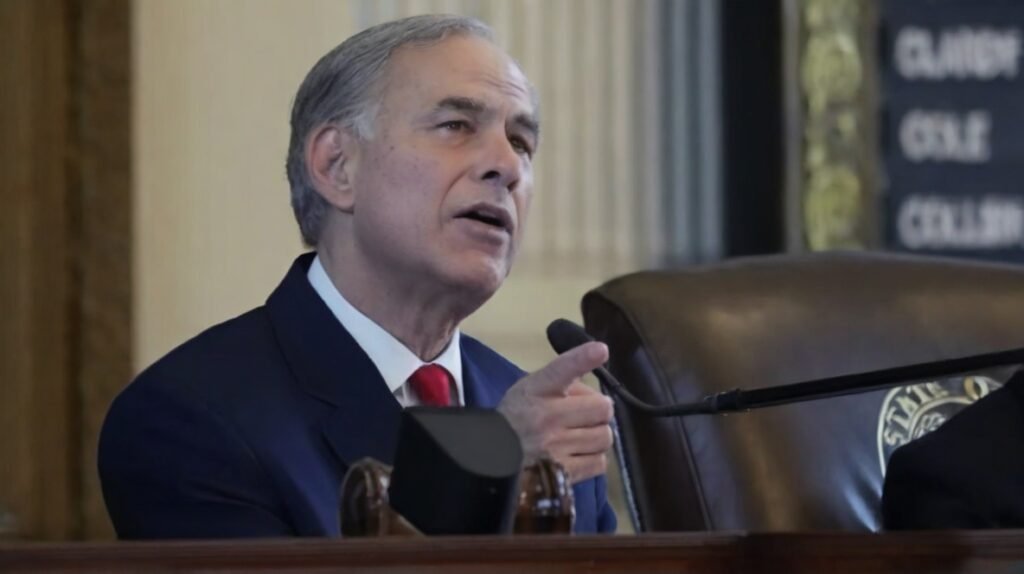Just as spring paints the landscape with vibrant hues, a series of severe weather storms ripped through Ohio in mid-March 2024, leaving a trail of destruction and reminding us of the power and unpredictability of Mother Nature. The storms, packing damaging winds, heavy rain, and tornadoes, left many communities grappling with the aftermath.
A Fury of Wind and Rain: The Storm’s Path of Destruction
The weather system began brewing on March 13th, bringing ominous dark clouds and a persistent chill to the air. Throughout the night, conditions deteriorated rapidly. Powerful wind gusts tore through towns, snapping tree limbs and sending debris flying. Localized flooding became a concern as heavy rain saturated the ground, overflowing creeks and streams.
The National Weather Service (NWS) issued numerous tornado warnings throughout the night, urging residents to seek shelter immediately. Unfortunately, these warnings became a harsh reality as multiple tornadoes touched down across the state.
Ground Zero: Devastating Tornadoes Cause Widespread Damage
The most significant damage occurred in Logan County, northwest of Columbus. The picturesque Indian Lake area bore the brunt of a powerful tornado, leaving behind a scene of utter devastation. Homes were reduced to rubble, businesses were severely damaged, and power lines lay tangled across the landscape.
Sadly, the storm claimed the lives of three people in the Indian Lake area, adding a layer of profound grief to the physical destruction. Search and rescue teams worked tirelessly to locate survivors and assess the extent of the damage.
Other parts of Ohio also felt the storm’s wrath. Tornadoes were reported in Fryburg, leaving a path of destruction, and scattered reports of damage emerged from counties across the state.
A Community in Crisis: Responding to the Devastation
The aftermath of the storm brought to light the incredible resilience of the Ohio spirit. As the first rays of dawn broke through the storm clouds, the true scale of the damage became clear. However, amidst the debris and devastation, a collective spirit of action emerged.
Local residents, emergency personnel, and volunteers from neighboring towns sprang into action. They cleared debris, provided food and shelter to displaced individuals, and offered emotional support to those who had lost loved ones or homes.
Governor Mike DeWine declared a state of emergency, mobilizing resources and coordinating relief efforts across the affected areas. The National Guard was deployed to assist with search and rescue operations, and the American Red Cross established shelters for those rendered homeless by the storm.
The Long Road to Recovery: Rebuilding Lives and Infrastructure
The road to recovery in Ohio will be long and arduous. Families face the immense challenge of rebuilding their lives, businesses need to find ways to resume operations, and communities must come together to heal and rebuild infrastructure.
The Federal Emergency Management Agency (FEMA) is expected to provide financial assistance to individuals and communities affected by the storms. Local charities and non-profit organizations are also mobilizing to raise funds and offer support to those in need.
Lessons Learned: Preparing for the Next Storm
The recent severe weather event in Ohio serves as a stark reminder of the importance of preparedness. Here are some key takeaways:
- Stay informed: Closely monitor weather forecasts and heed warnings issued by the National Weather Service. Sign up for local emergency alerts to receive real-time updates.
- Develop a plan: Have a family emergency plan in place that outlines communication strategies, evacuation routes, and shelter locations.
- Assemble an emergency kit: This should include essential supplies such as non-perishable food, bottled water, first-aid kits, flashlights, batteries, and a battery-powered radio.
- Tornado safety: Know your nearest storm shelter and practice taking cover during a tornado warning. In the absence of a basement, seek shelter in an interior room on the lowest floor, away from windows and doors.
- Be a good neighbor: Check on elderly or vulnerable neighbors in the aftermath of a storm to ensure their safety and well-being.
While these storms caused immense damage and loss, they also showcased the unwavering spirit of the Ohio communities. By working together, preparing for the future, and learning from these experiences, Ohio will rebuild stronger and more resilient.


